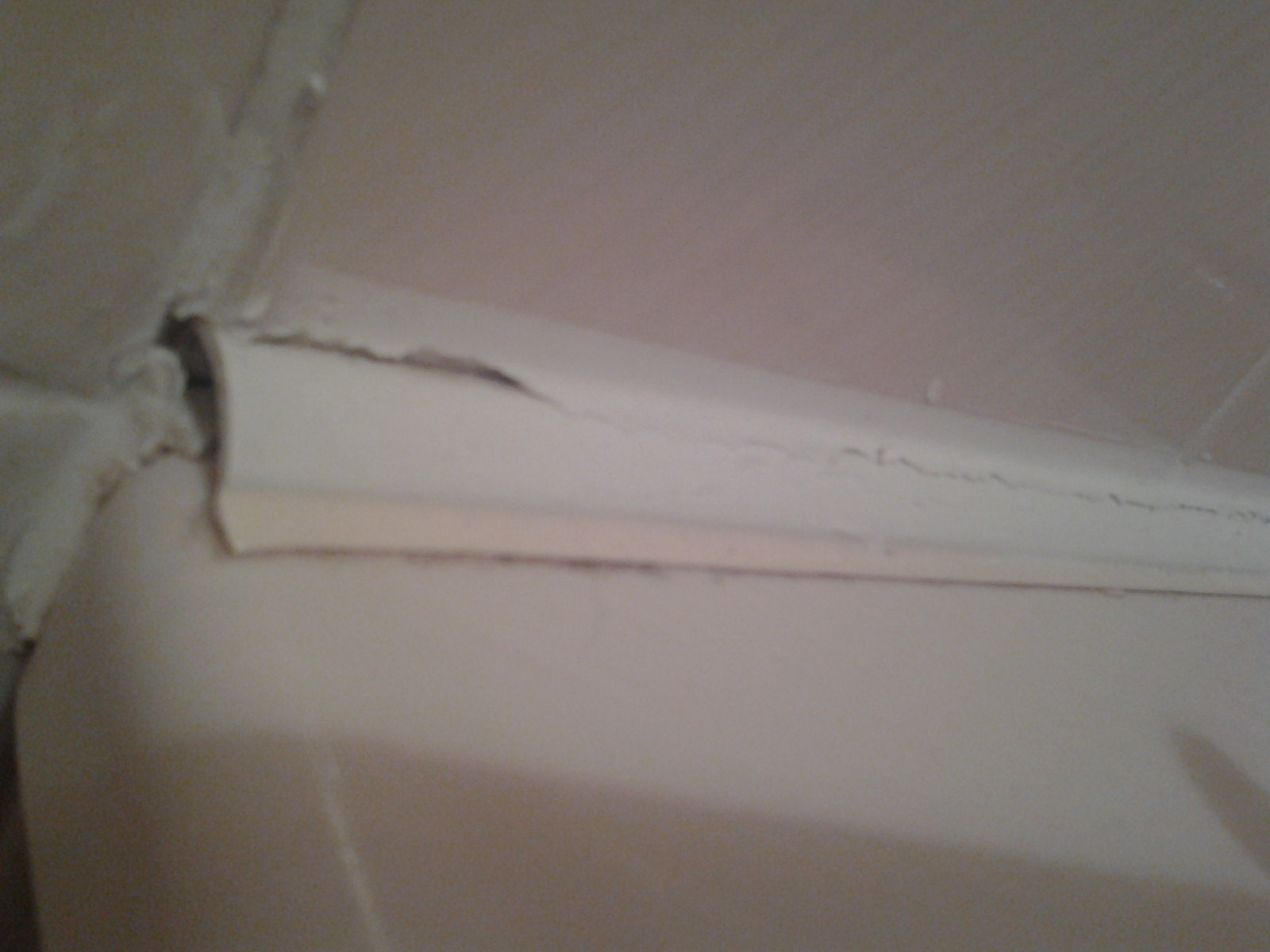There are plenty of tutorials for sealing/caulking bathtubs. However, my bathtub has a kind of skirting around its edge, as in picture:

How do I go about that? Should I caulk both edges? I plan to use standard silicone, would that be good for both? Is there any particular I should keep in mind for my configuration?
Note that the skirting is difficult to remove because it has a flange trapped beneath the tiles to keep it in place.
TIA

How do I go about that? Should I caulk both edges? I plan to use standard silicone, would that be good for both? Is there any particular I should keep in mind for my configuration?
Note that the skirting is difficult to remove because it has a flange trapped beneath the tiles to keep it in place.
TIA




